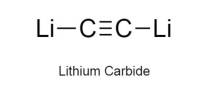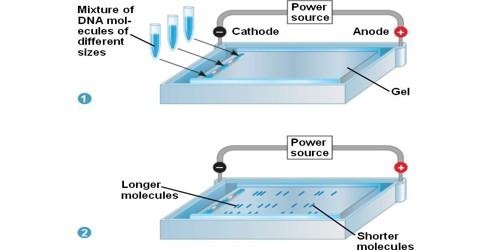Caesium selenide is an inorganic compound of caesium and selenium. It typically forms as a white or yellowish powder. It is a selenide, with the chemical formula of Cs2Se. It is generally soluble in water, with solubility depending on temperature. It crystallizes in a cubic lattice, often forming in a structure similar to that of other alkali metal chalcogenides.
It can be prepared by reacting caesium and selenium. It has an inverse fluorite structure, with space group Fm3¯m. There are 4 units per unit cell, and the other selenides from the same group are similar.
Properties
- Chemical formula: Cs2Se
- Molar mass: 344.771
- Appearance: colourless, highly hygroscopic crystals
- Density: 4.33 g·cm−3
- Solubility in water: hydrolyses
- Melting Point: It has a high melting point, generally above 500 °C.
- Electrical Conductivity: It is a semiconductor, exhibiting notable electrical conductivity under certain conditions.
- Thermal Stability: Relatively stable at room temperature, but may decompose at elevated temperatures.
- Crystal Structure: Often crystallizes in a cubic structure.
Applications
Used in semiconductor technology, photodetectors, and as a material in optoelectronic devices. It may also have potential applications in solar energy due to its semiconducting properties.
- Semiconductors: Caesium selenide can be used in semiconductor technology due to its electronic properties.
- Photovoltaics: It’s being researched for applications in solar cells and other optoelectronic devices.
- X-ray Detectors: Its properties make it suitable for use in various detection technologies.
Safety
Selenium compounds can be toxic, so handling caesium selenide should be done with appropriate precautions. While caesium selenide itself is not widely reported as highly toxic, selenium compounds can be hazardous. Proper handling and safety precautions should be observed in laboratory settings.
















